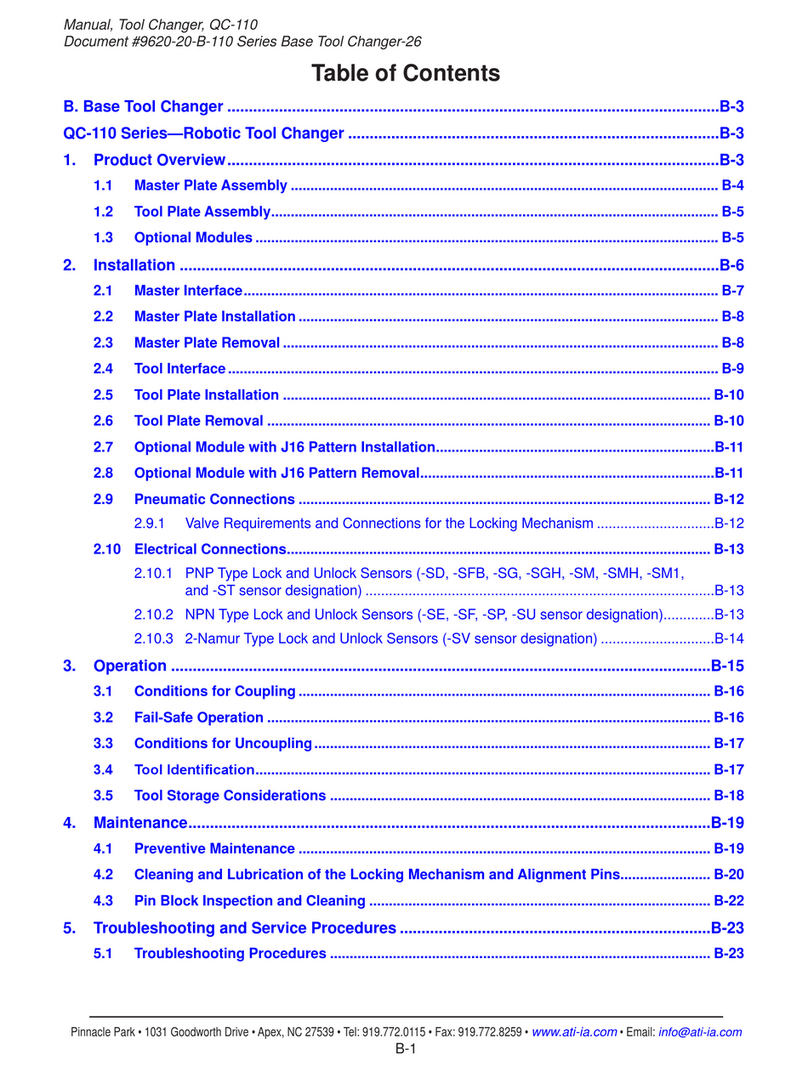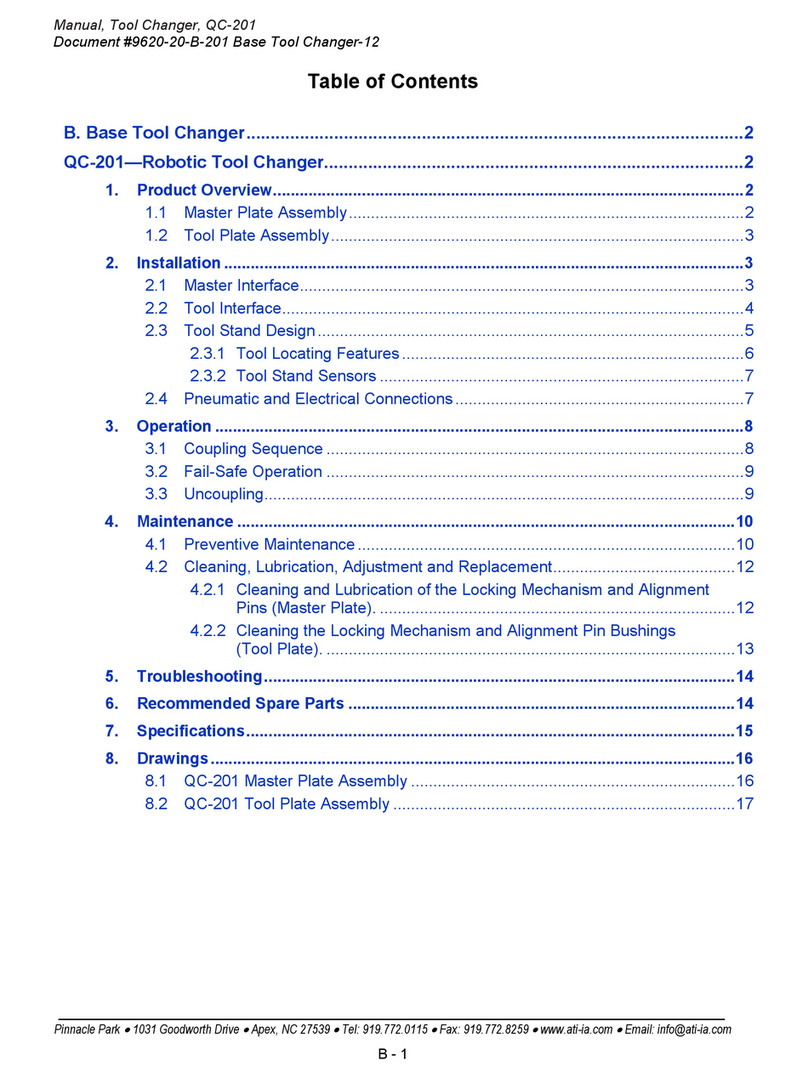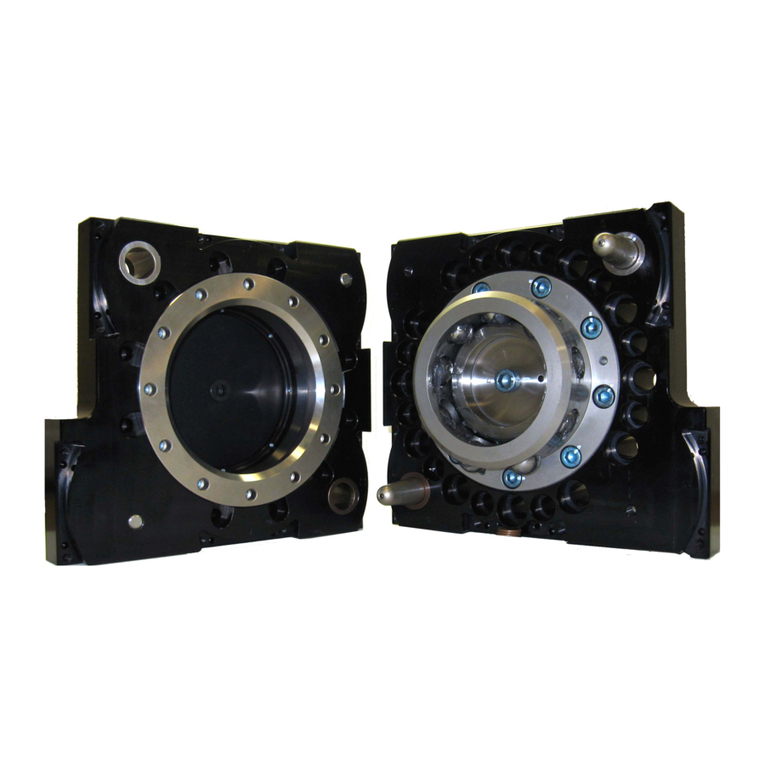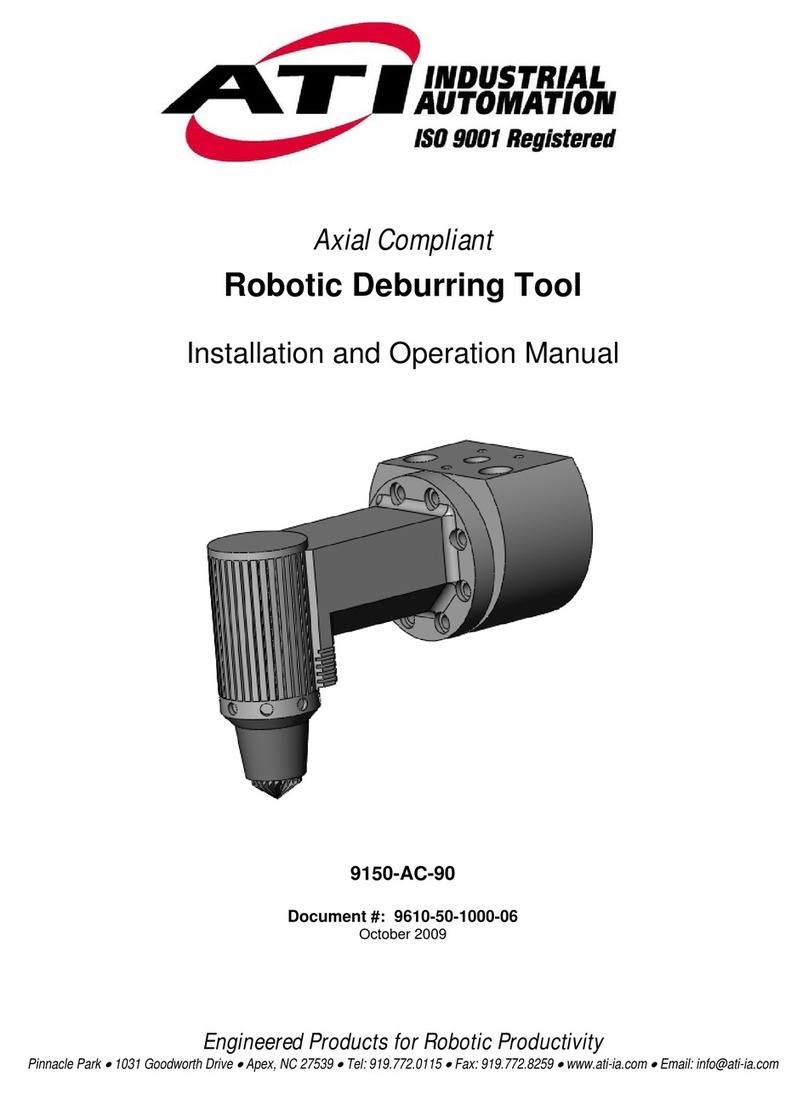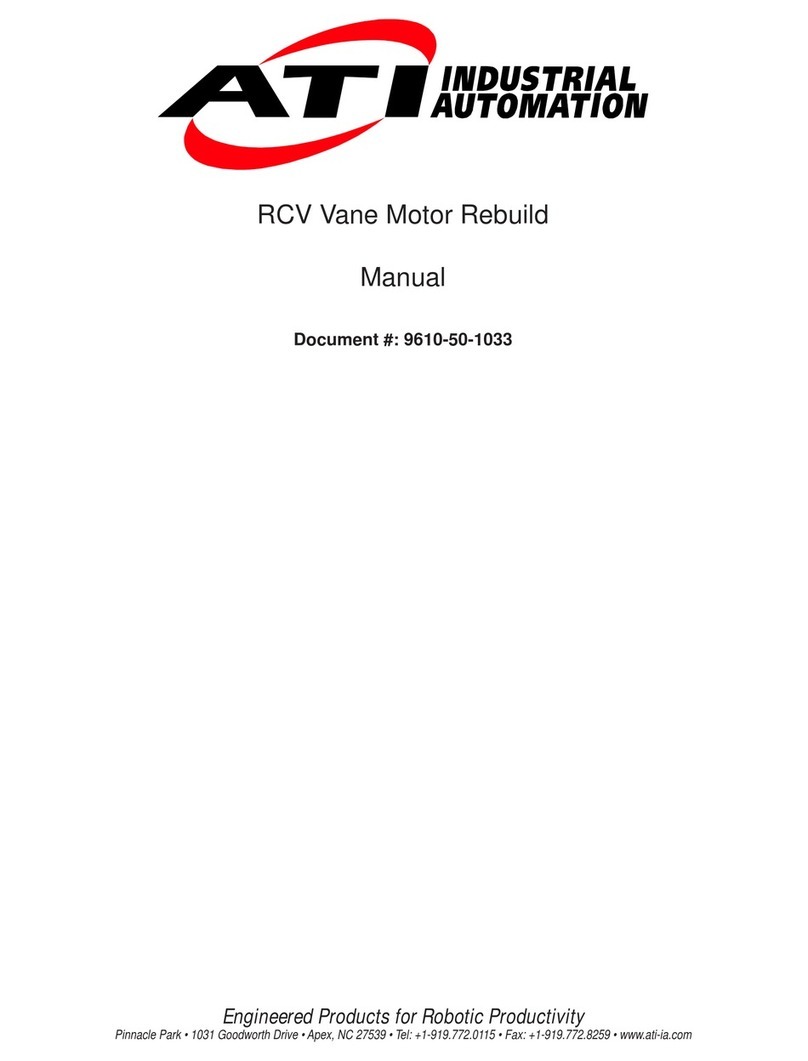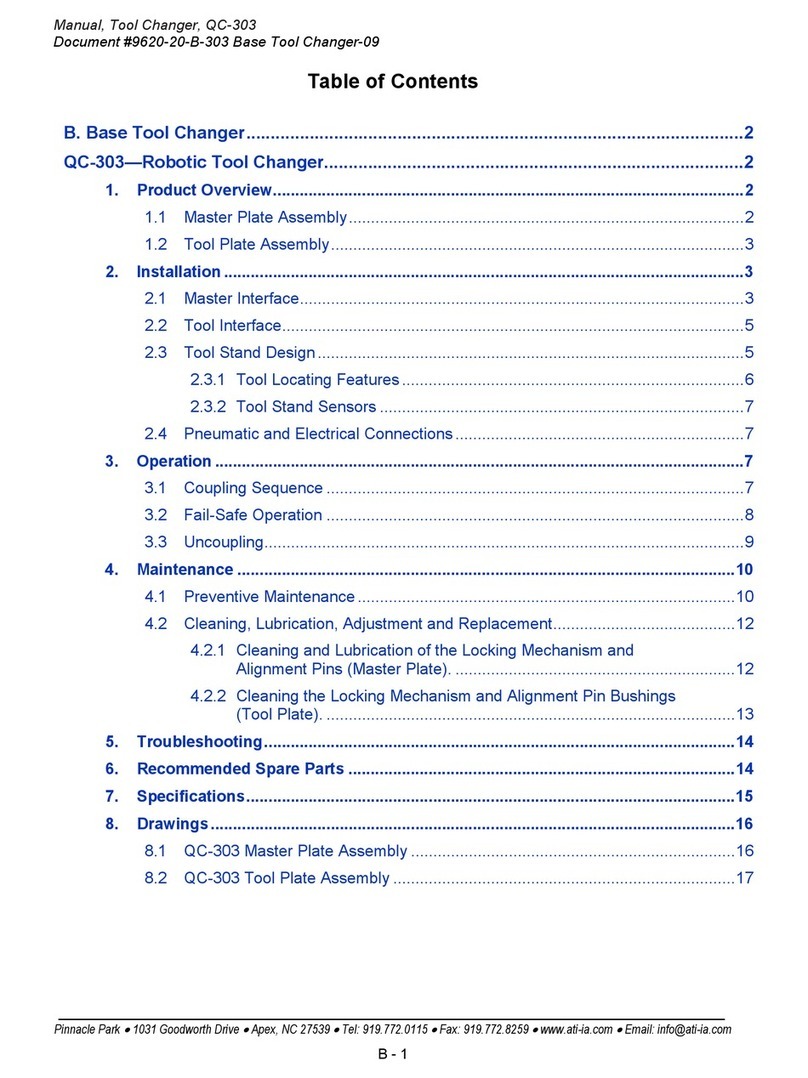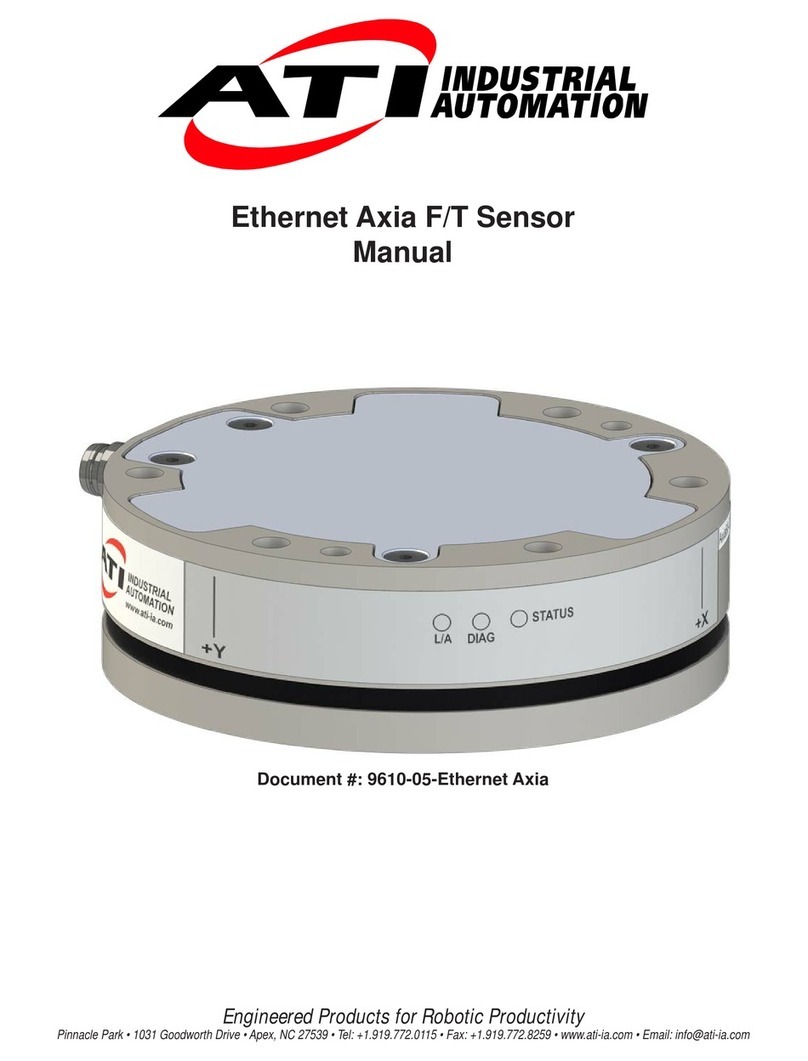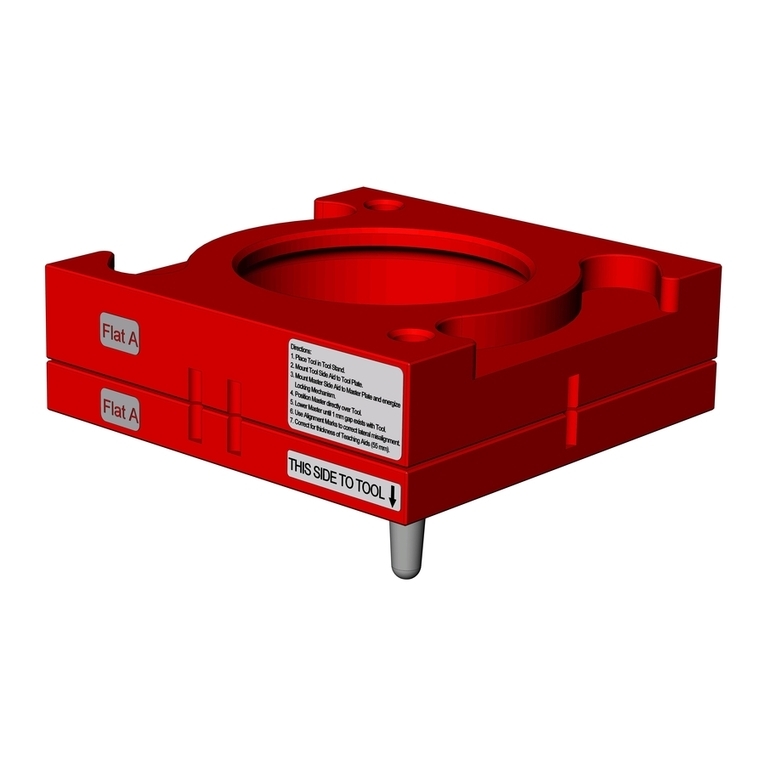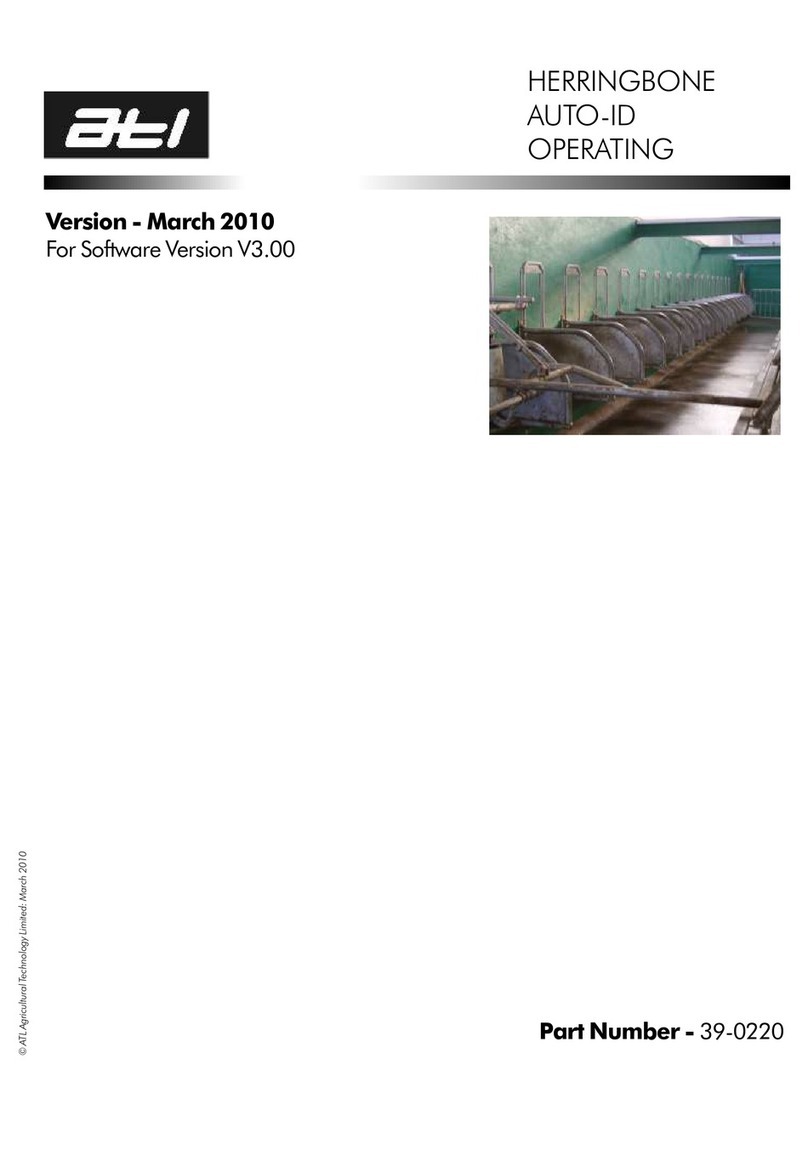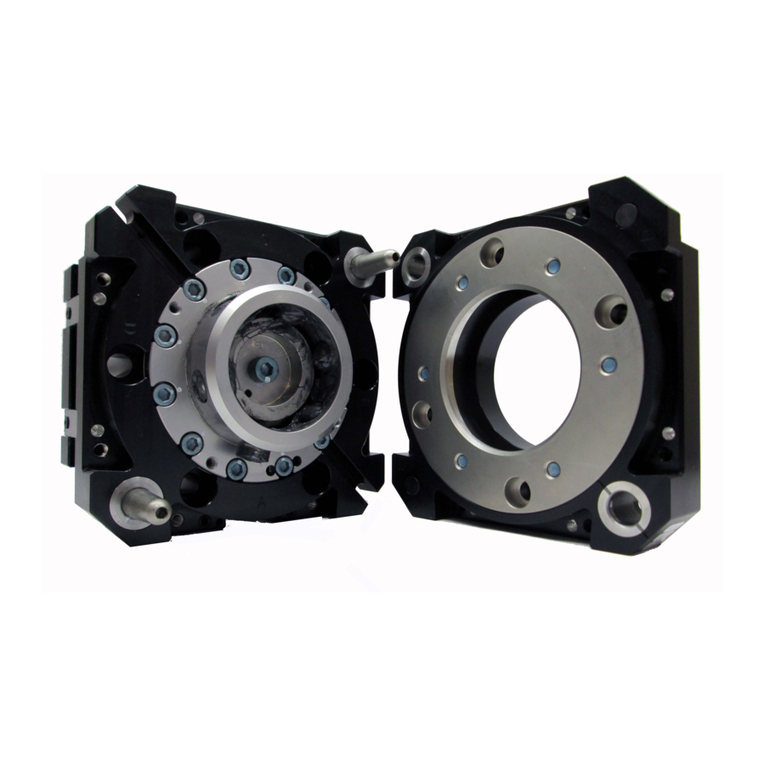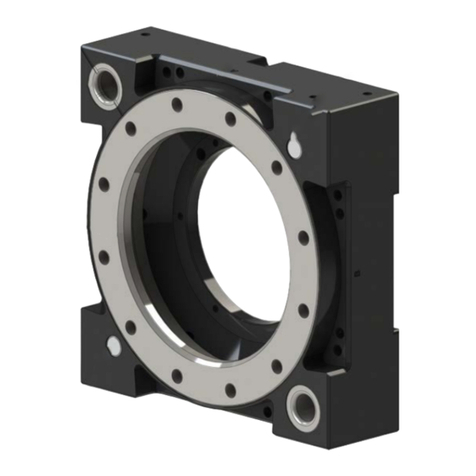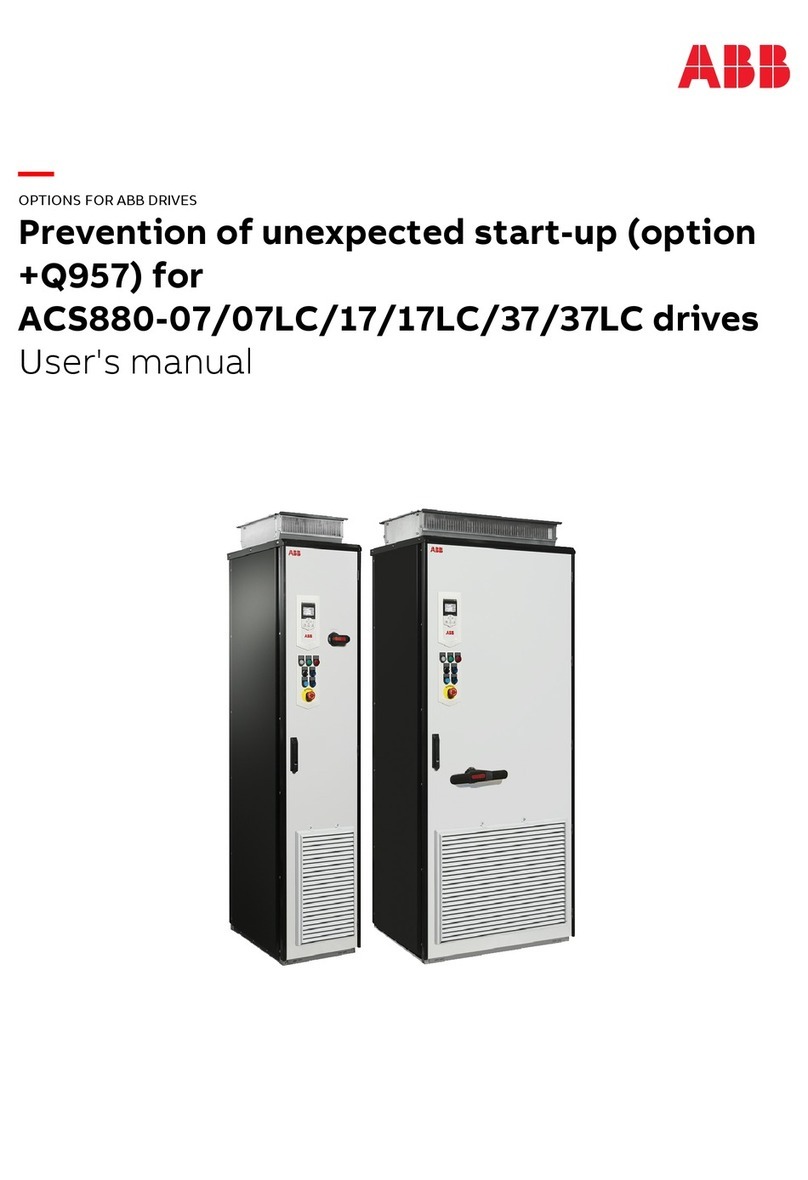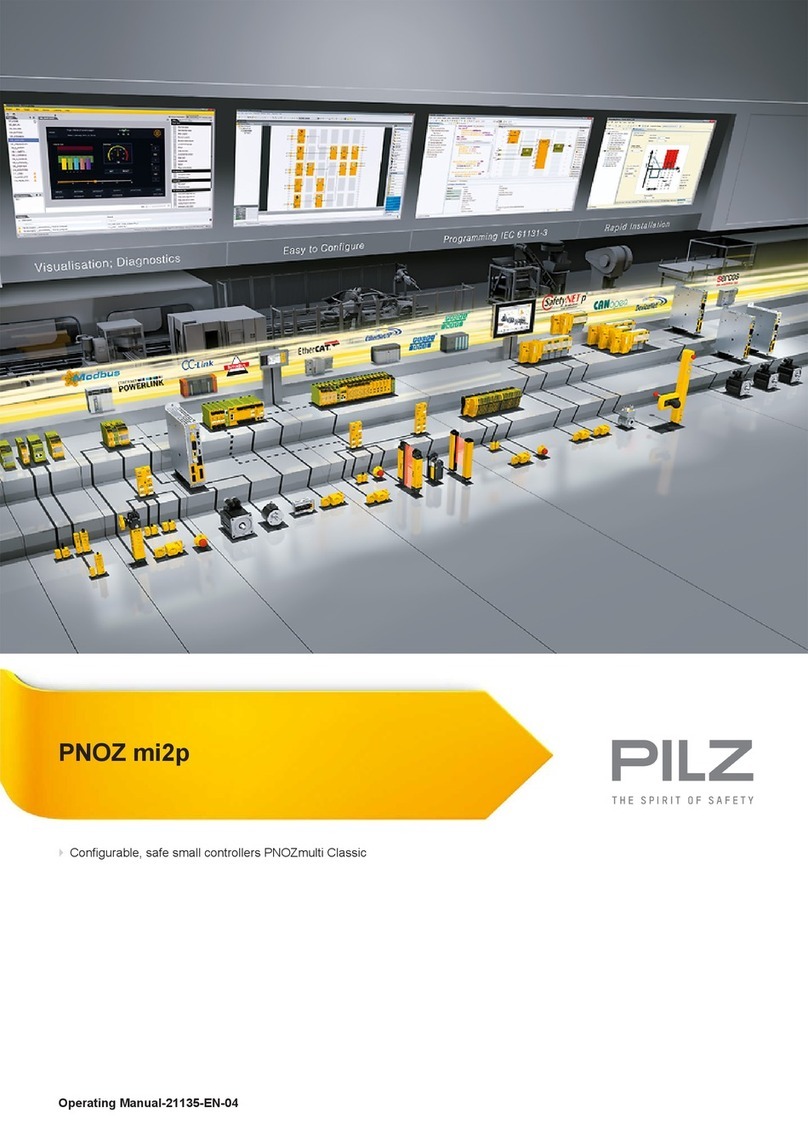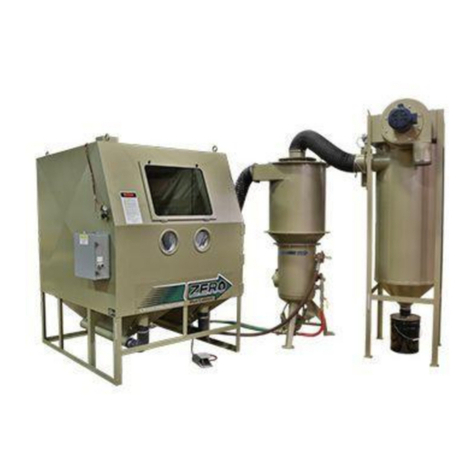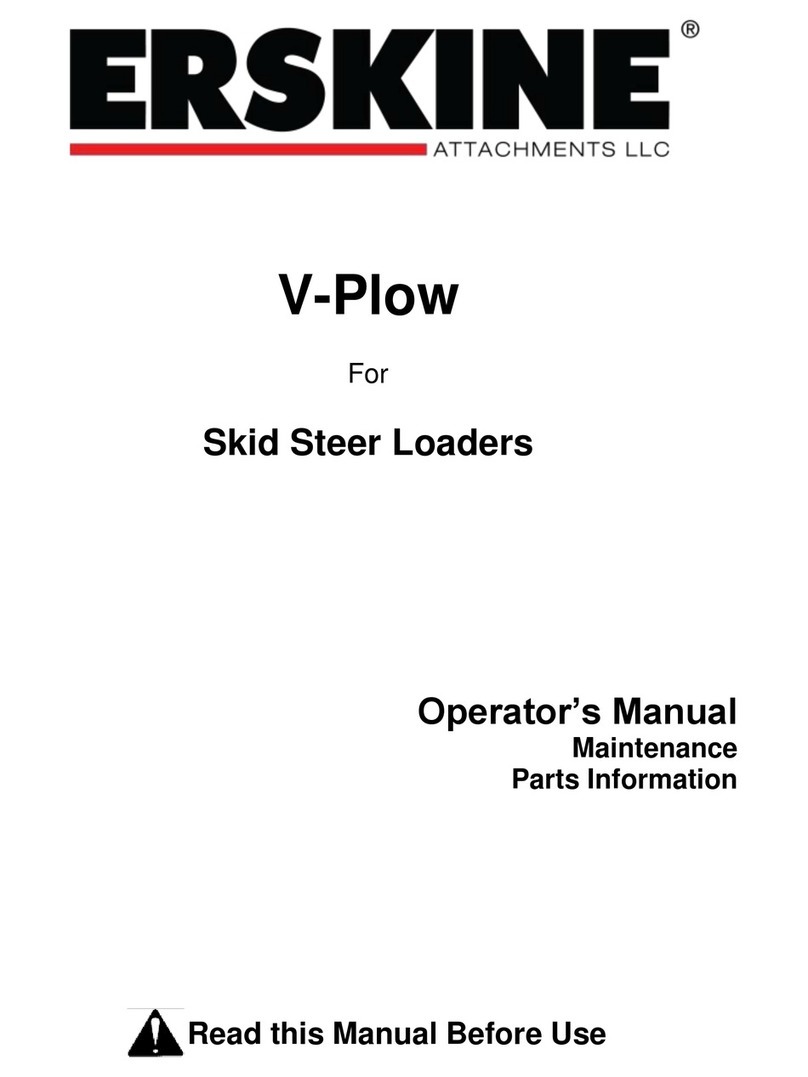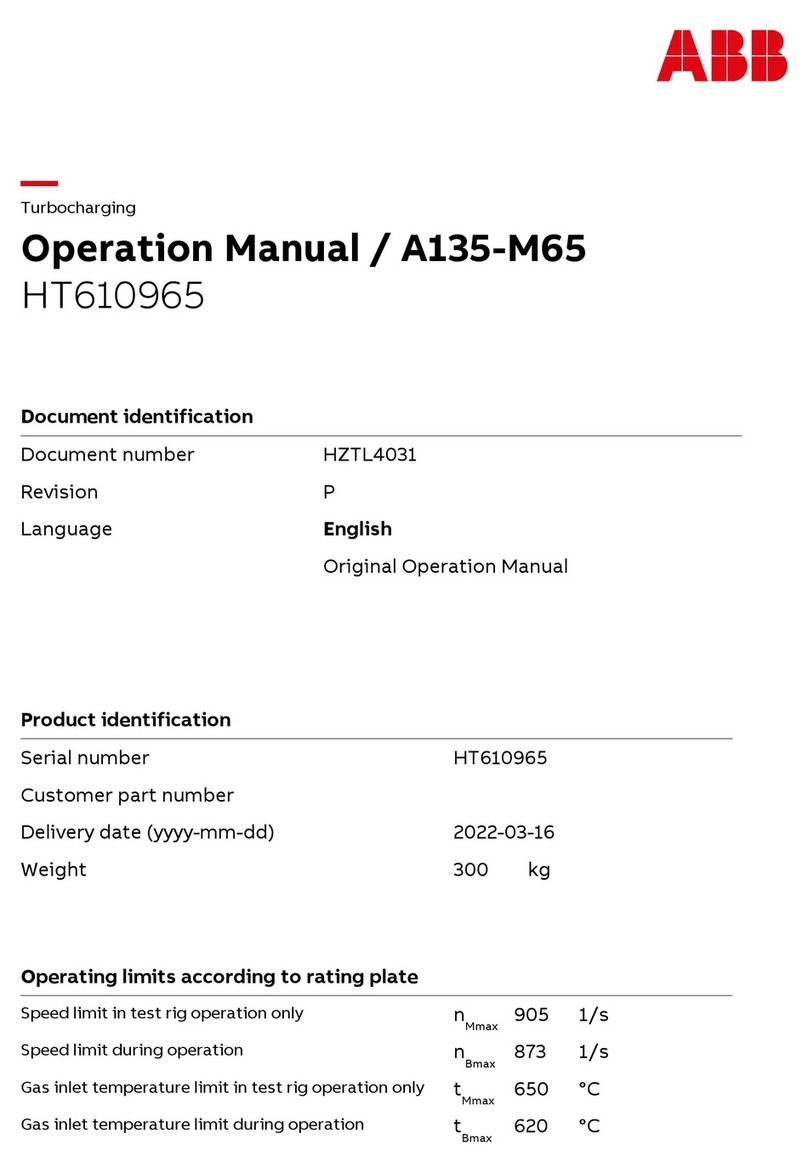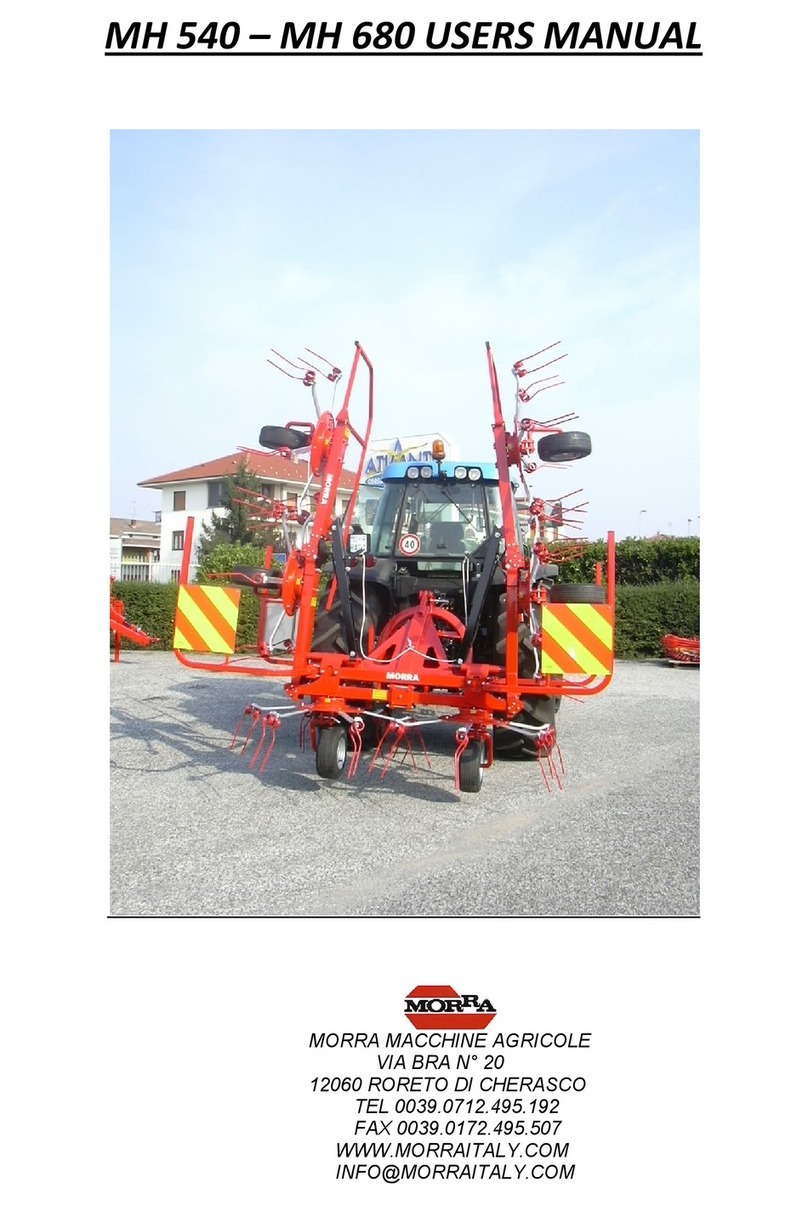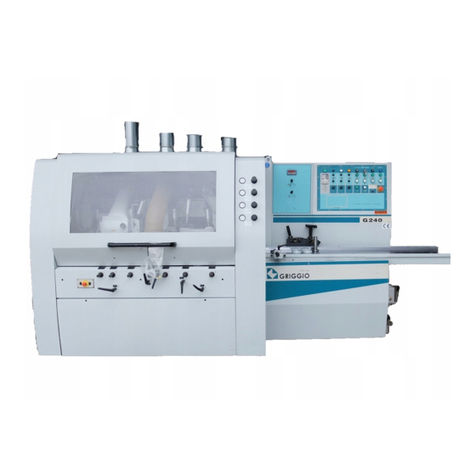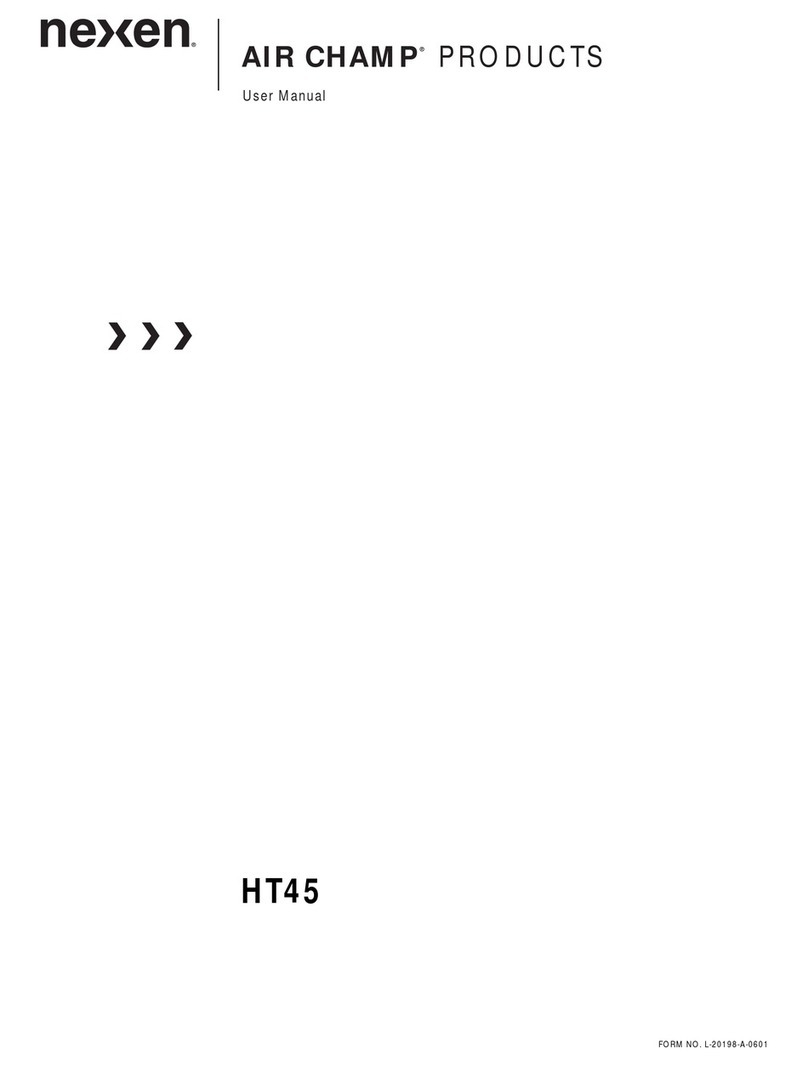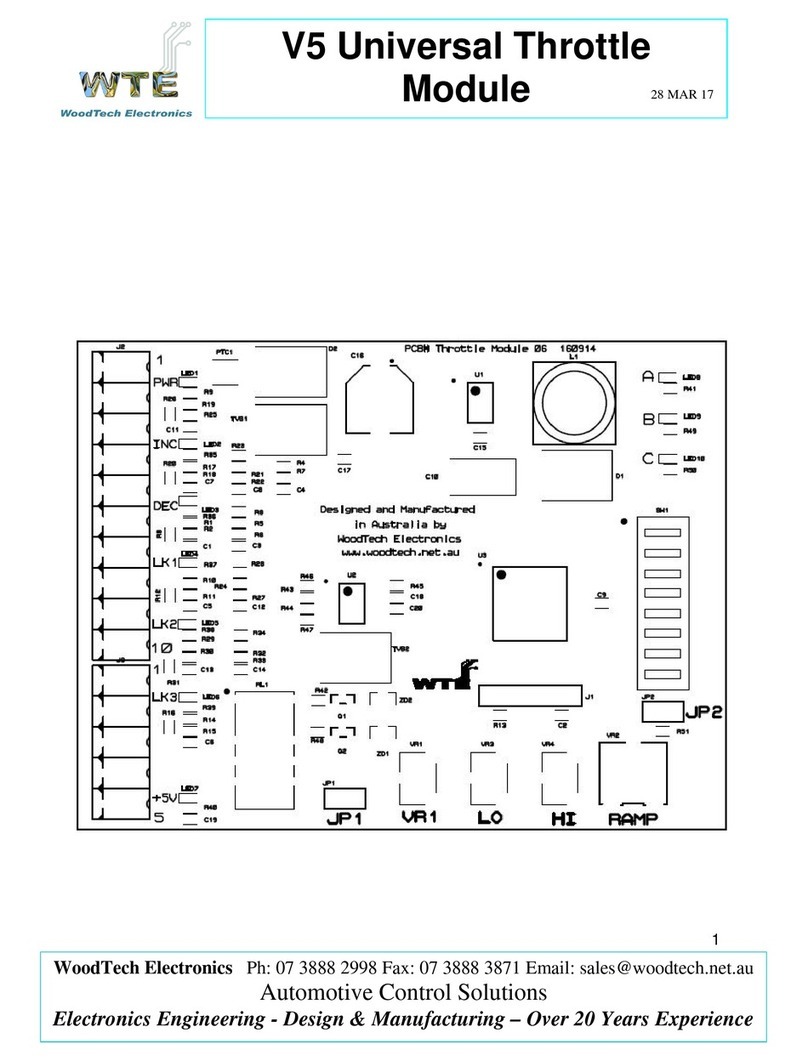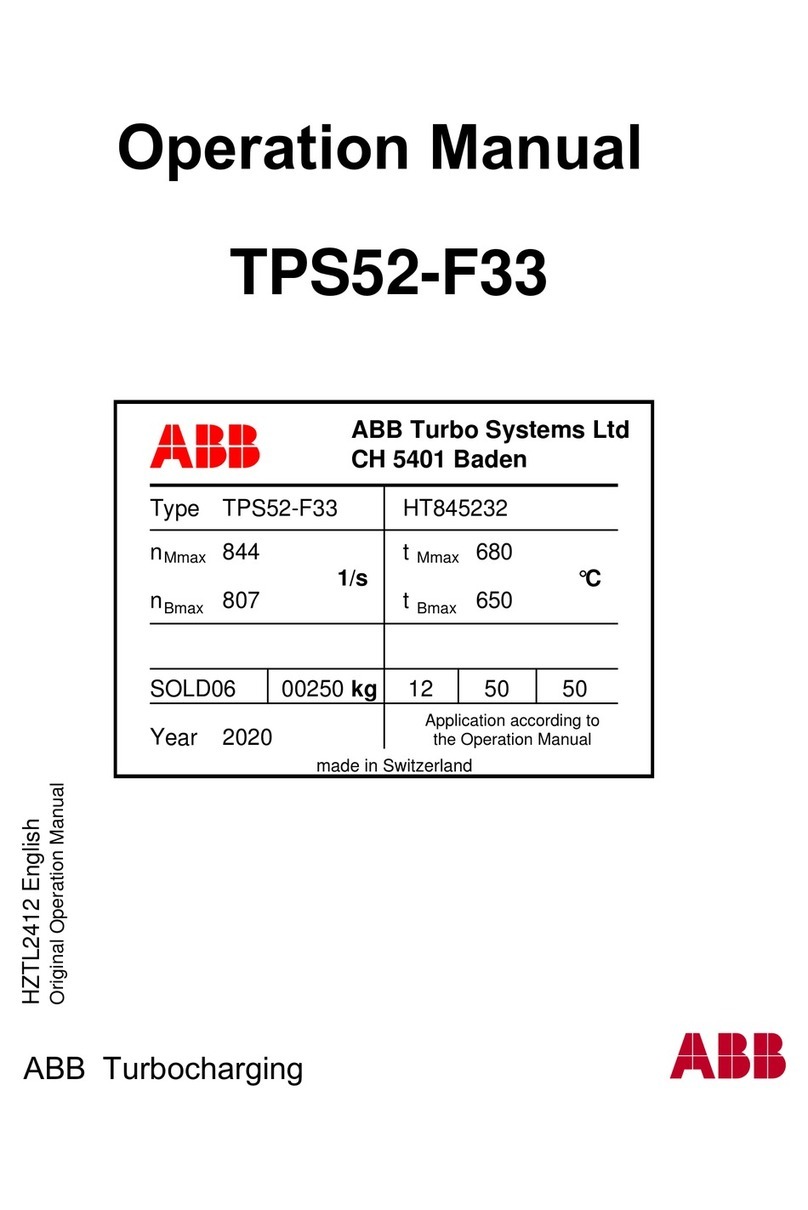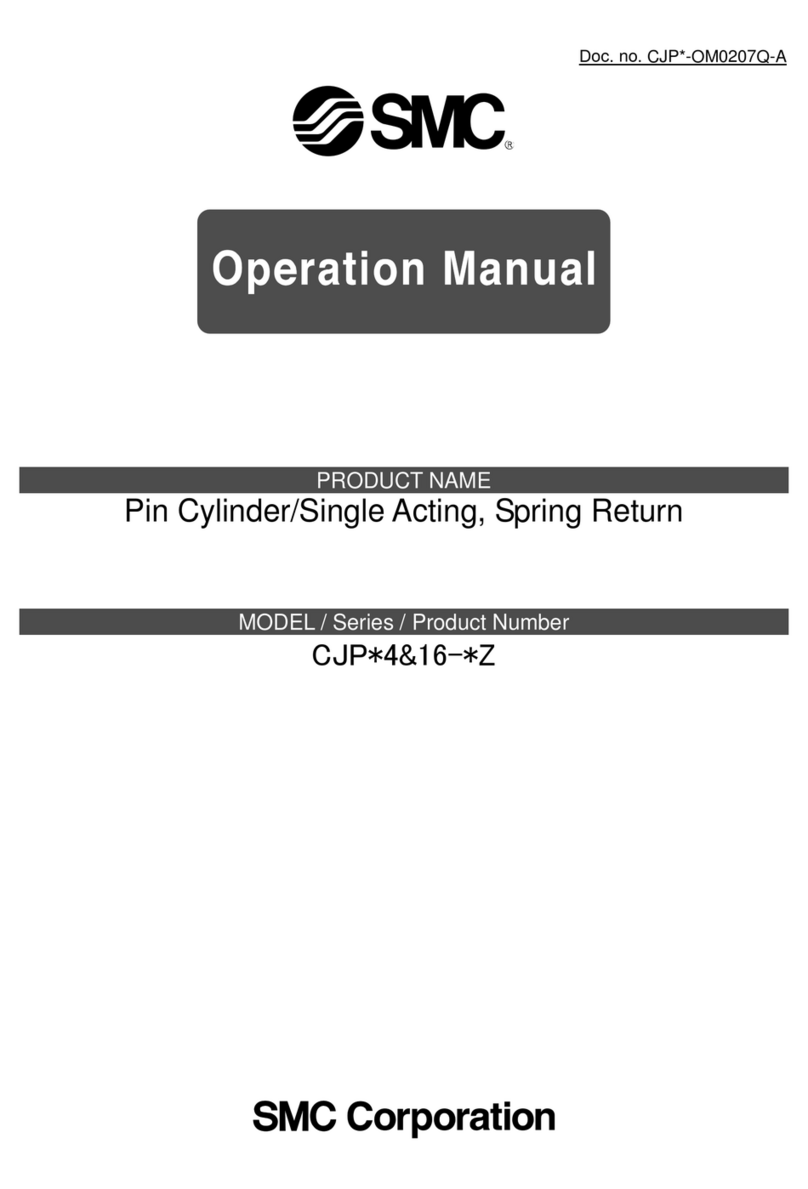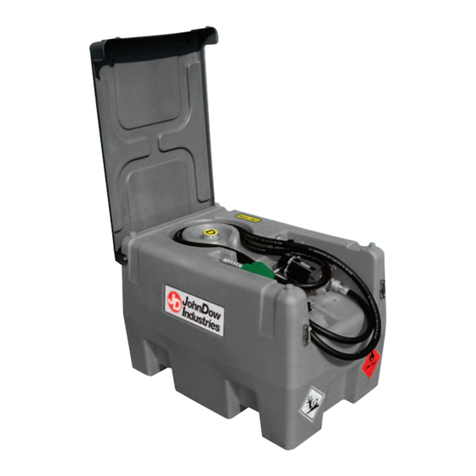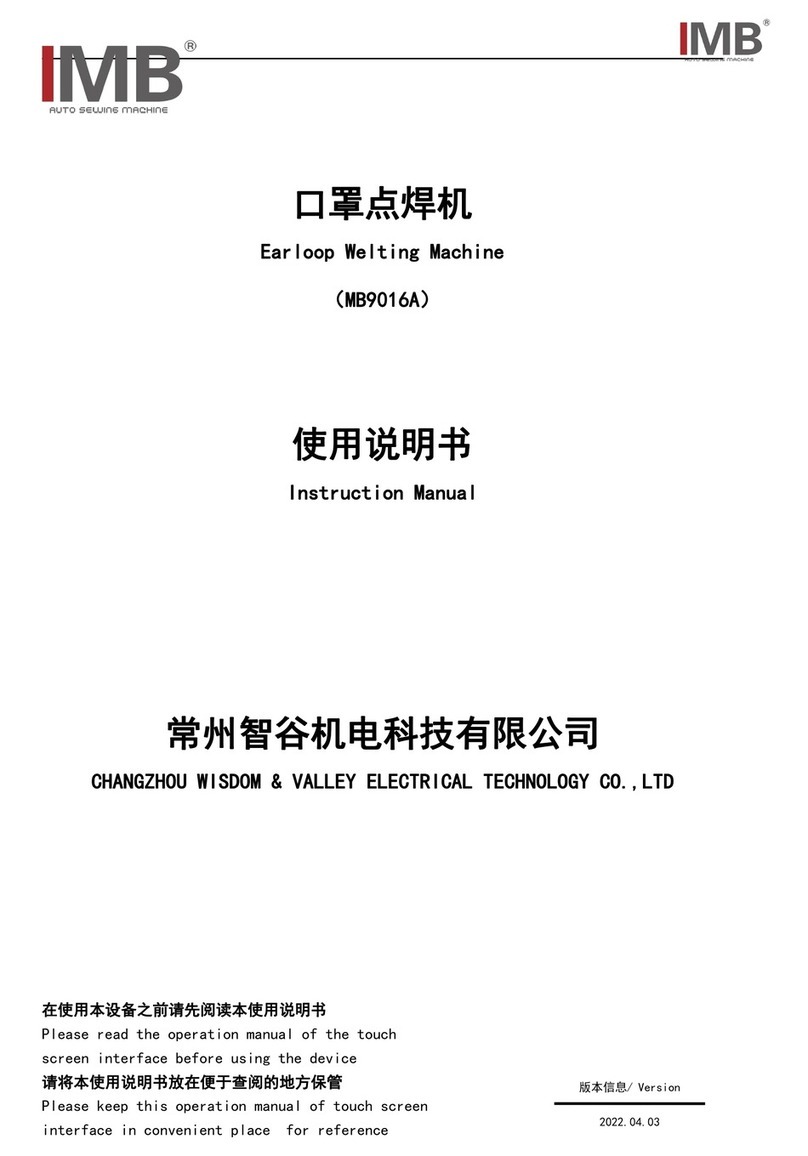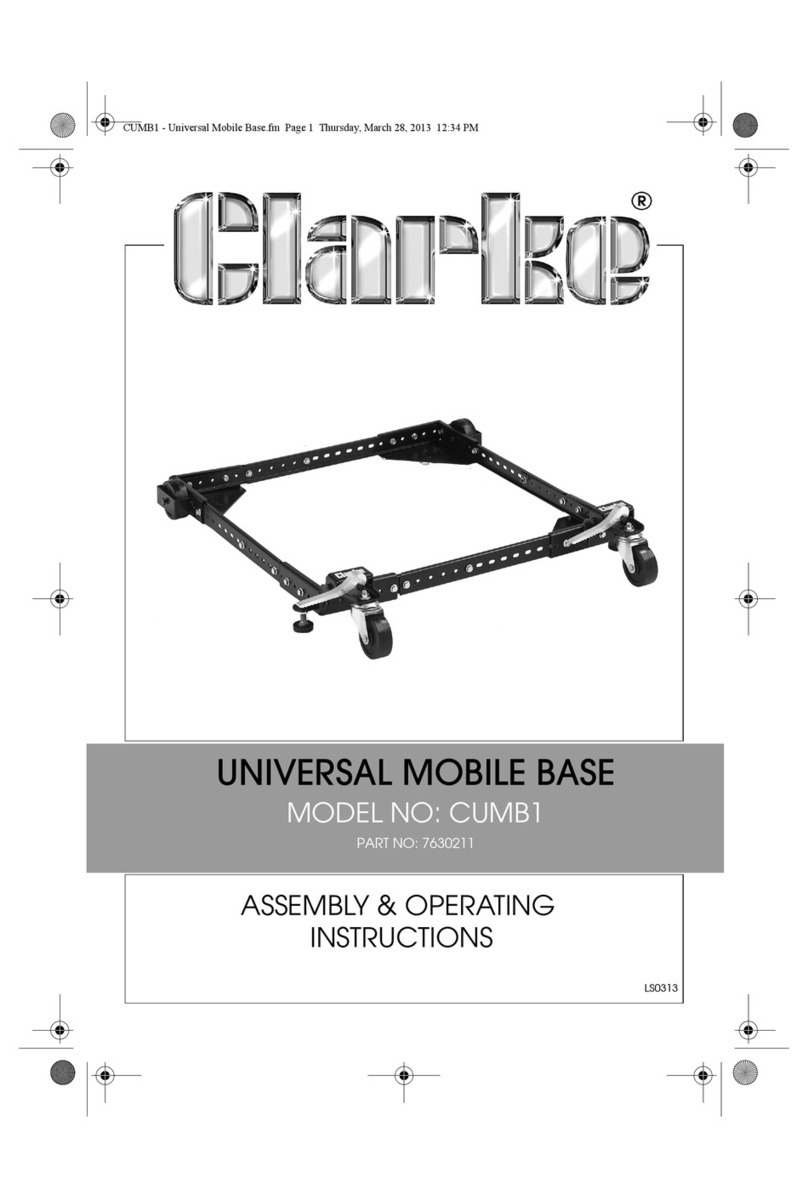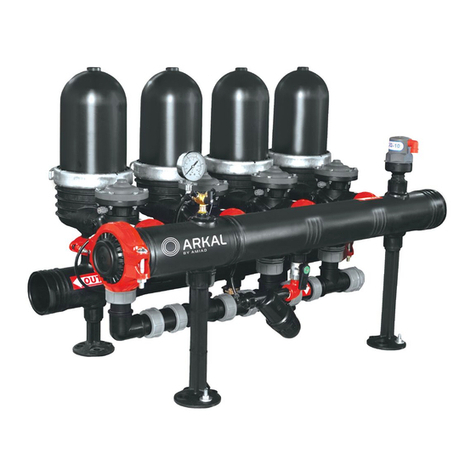
Flexdeburr Installation and Operation Manual
Document: 9610-50-1007-11
Pinnacle Park
•
1031 Goodworth Drive
•
Apex, NC 27539
•
Tel: 919.772.0115
•
Fax: 919.772.8259
•
www.ati-ia.com
•
Email: info@ati-ia.com
4
Table of Contents
1. General Data ..................................................................................................................................5
1.1 Environmental Limitations......................................................................................................5
1.2 Cutting Tool Holding Systems (Collets).................................................................................5
1.3 Deburring Tool Part Numbers................................................................................................6
2. Handling, Installation, Storage and Transportation...................................................................7
2.1 Inspection of Condition When Delivered................................................................................7
2.2 Unpacking and Handling........................................................................................................7
2.3 Installation..............................................................................................................................7
2.3.1 Mounting, Adapter and Interface Plate......................................................................7
2.3.2 Pneumatics..............................................................................................................12
2.4 Transportation and Protection during Transportation ..........................................................14
2.5 Storage and Preventive Maintenance during Storage.........................................................14
3. Technical Description.................................................................................................................15
3.1 Product Description..............................................................................................................15
3.2 Technical Specifications.......................................................................................................15
4. Operation......................................................................................................................................20
4.1 General Precautions ............................................................................................................20
4.2 Flexdeburr Working Environment.........................................................................................20
4.3 Operational Considerations..................................................................................................21
4.4 Tool Center Point (TCP) Position and Programming...........................................................21
4.5 Cutter Operation and Burr Selection....................................................................................22
4.6 Safety Precautions...............................................................................................................23
5. Maintenance Instructions...........................................................................................................24
5.1 Burr Replacement ................................................................................................................24
5.2 Air Motor Replacement ........................................................................................................24
5.3 Pivot Bearing Replacement..................................................................................................25
5.4 Ring Cylinder Assembly.......................................................................................................26
5.5 Pneumatics...........................................................................................................................27
5.6 Lubrication............................................................................................................................27
6. Recommended Spare Parts........................................................................................................28
7. Troubleshooting and Burr Selection.........................................................................................33
7.1 Troubleshooting Matrix.........................................................................................................33
7.2 Burr Selection Table.............................................................................................................34
8. Terms and Conditions ................................................................................................................37
9. Attachments.................................................................................................................................38

